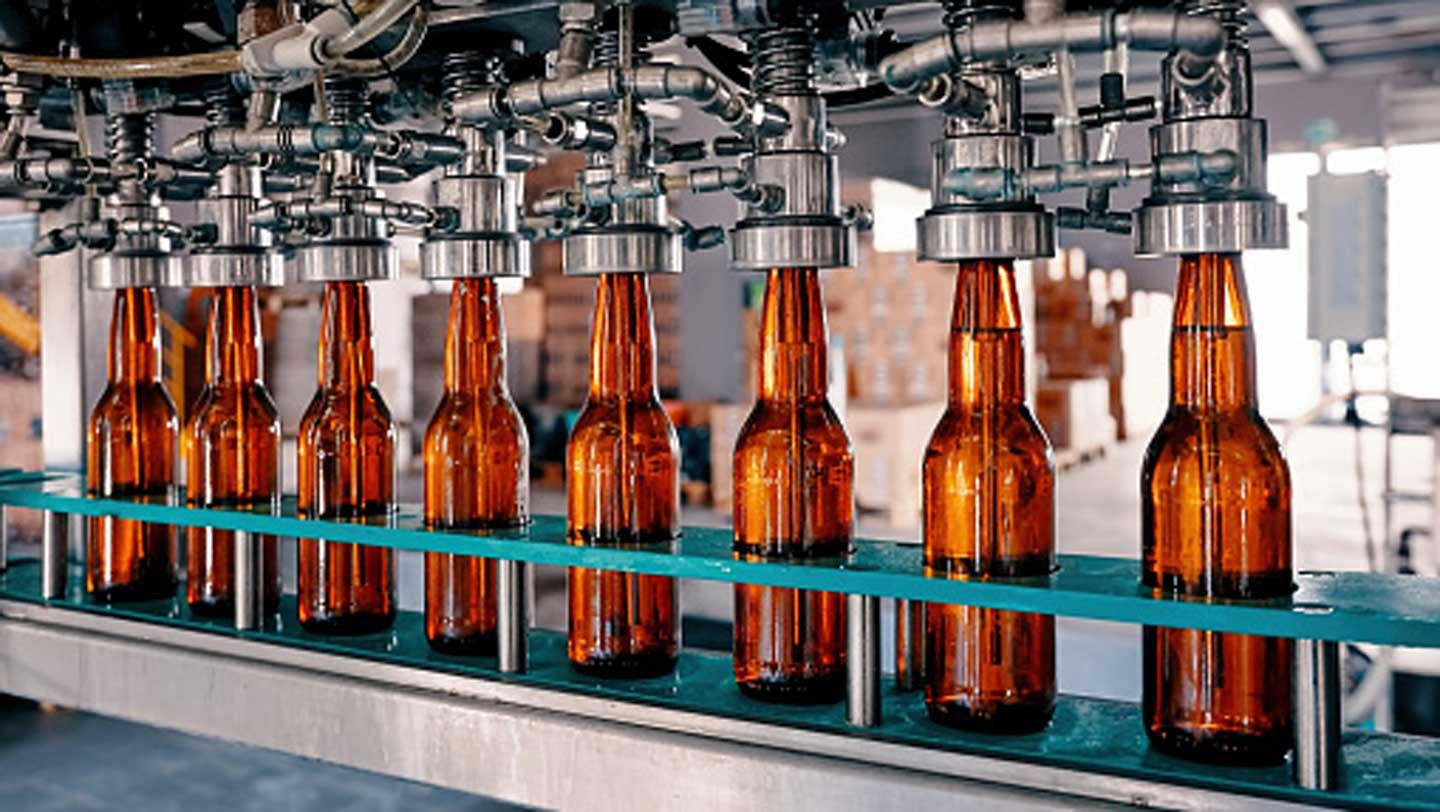You might have seen working bar rollers and conveyor belts. But, you probably don’t know the way they work or the reasons they’re essential for the production line. Unlike linear motion control system, it works a bit simple way.
We’ll learn in this content how the linear motion system works and why it’s crucial to use in the production line. Indeed, we’re going to discuss the working history of the roller conveyor along with its working process and the reasons for use. So, let’s start!
A Working History of the System
Although you are maybe thinking the system is a modern invention, the human being is using it for thousands of years ago. You might don’t know that Egypt’s pyramids have built using roller conveyor-like systems.
Can you imagine that this system has operated in a very ancient time? These days, the system has made to use goods from one place to another to make things simpler. At the same time, the key reason is to make it to use it for continuing and longstanding effectiveness as a tool.
Although the materials from which these conveyors have constructed that evolved over the years, the mechanisms of how they work have remained virtually unchanged.
Long bars of equal size build a trend by redistributing weight for objects. People will drive or pull around such heavy things over rollers or rods in years gone by. Conveyors now have a little more strength behind their manoeuvres!
Making Moves of the System
If you look at the current conveyor rollers, you’ll find them has fixed with sprocket wheels. And these sprocket wheels have attached to an axel that drives by a chain. So, it allows them to rotate at a reliable, the same rate and cause the bars to revolve at a stable, even pace.
It has steel made housing with a flat and long surface that makes the right setting for these bars. As a result, they move items as faster as effectively with a factory or wherever you use them.
Their rotation comes from a motor controlling the chains that spin the axel. When the machine has made, each component of the machine has welded or assembled by hand to position.
It makes the correct proportions and ensuring that there are no defects in its work. Only by adding human contact were manufacturers able to ensure that these handy machines continue to be successful!
Uses of the System
In the manufacturing settings of factories, there are heavy loads, and they need to move faster, safely, and effectively. It’s almost impossible for humans to do smoothly. That’s where conveyors made of steel bar come in handy.
The thickness of the bars and the number of bars on each conveyor maintain the weight of oversized loads and heavy objects safely and dispersed. This means they can quickly move massive items over their length.
What’s more, the motorized mechanism that rotates these bars operates well enough to move objects – including those weighing several tons – in a matter of seconds, long distances.











